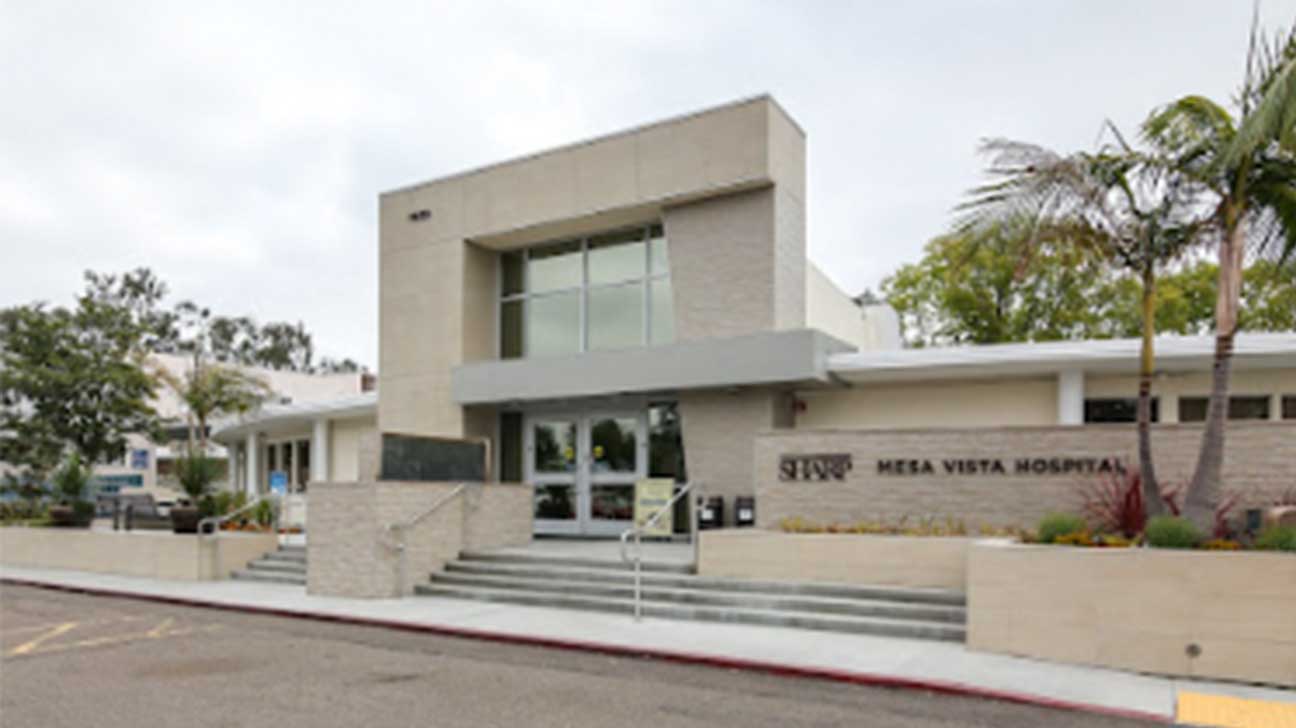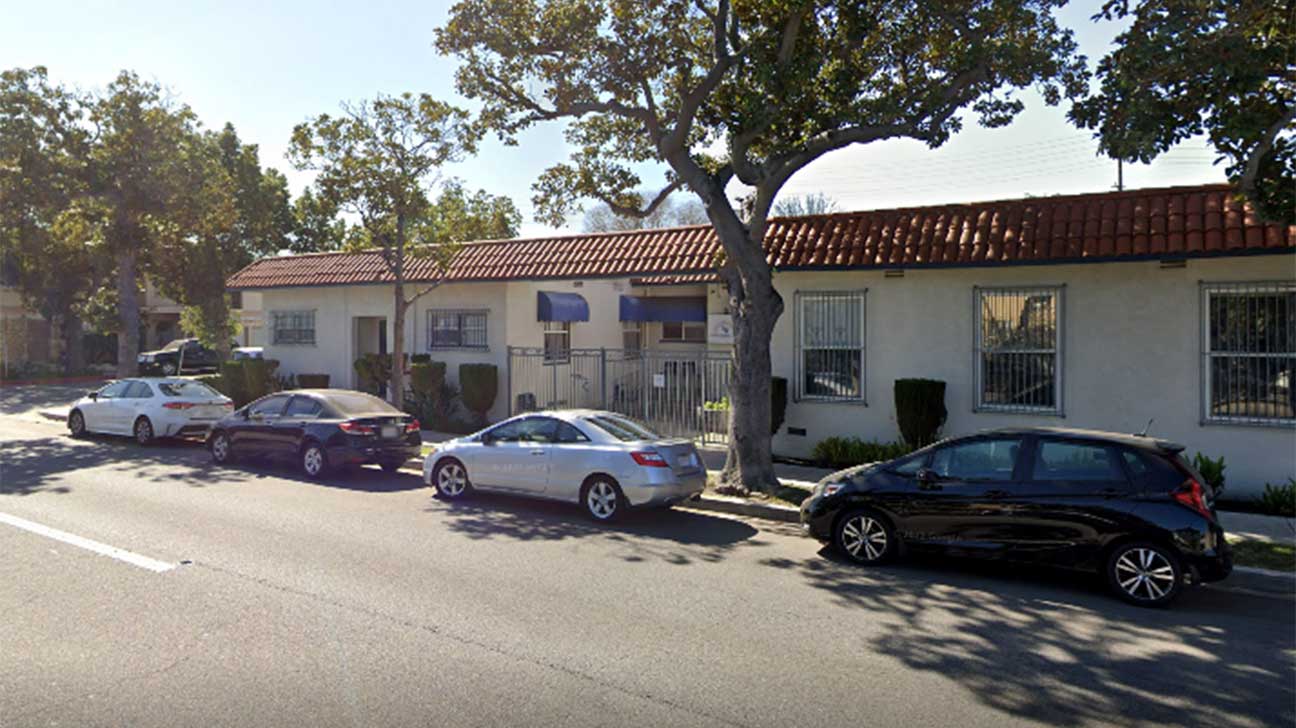
Medi-Cal is California’s Medicaid program. It provides free and low-cost medical programs, such as addiction treatment services, to qualifying people.
Typical qualifiers for this program include:
- people with low-incomes
- pregnant women
- people who cannot afford private insurance plans
Over 14 million Californians enrolled in Medi-Cal in 2023, which is about one in three California residents.
Learn more about using Medicaid for addiction treatment.
About California Medicaid Plans
Your Medi-Cal plan will vary depending on the county you live in, your financial situation, and the number of people in your household.
Nearly all Medi-Cal plans are managed care plans, which means a person enrolled in Medicaid will have a primary physician that they’ll see for all health needs.
If a specialist is needed, your primary physician must refer you to that person.
Some counties only offer one plan, so all residents of that county will be enrolled in that option. Others have multiple options so you can choose which plan is best for you.
Drug Medi-Cal Organized Delivery System
The Drug Medi-Cal Organized Delivery System (DMC-ODS) provides substance abuse treatment services based on the standards of the American Society of Addiction Medicine Criteria.
This is separate from the standard Drug Medi-Cal program. While the standard program covers a limited set of services, the DMC-ODS offers a wider range of services.
A few of the health plans offered in different counties include:
- Anthem Blue Cross
- California Health & Wellness
- Partnership Health Plan of California
- Health Net Community Solutions, Inc.
There are also special plans offered for certain Medicaid enrollees.
What Addiction Treatment Services Are Covered By Medicaid In California?
A person who qualifies for Medi-Cal can obtain a range of behavioral health and addiction services. The services you can obtain depend on your specific health plan.
The following treatment options and services may be included in your health plan:
- cognitive behavioral therapy (CBT)
- individualized treatment plans
- screenings
- opioid and alcohol addiction programs
- medication-assisted treatment (MAT)
- residential treatment
- inpatient rehab programs
- outpatient treatment
- intervention
- rehabilitation center recovery services
- intensive outpatient programs (IOP)
- partial hospitalization programs (PHP)
- recovery services
- withdrawal management (detoxification)
- narcotic treatment programs including the use of buprenorphine, disulfiram, and naloxone
- treatment for co-occurring disorders
- aftercare options, such as transitional living
Read more about California detox centers.
Top 5 Rehabilitation Centers In California That Accept Medicaid
Several drug abuse rehab centers in California accept Medicaid, and five were chosen for this list.
The rehab centers in this list were selected for:
- accreditation
- evidence-based methods
- Google ratings
- other selection criteria
1. ABC Recovery Center, Indio, California
The service area covered by ABC Recovery Center spans the entire Coachella Valley and the county of Riverside.
More than 1,200 clients utilize ABC’s detox, residential, and outpatient rehab facilities each year.
Trusted features:
- Commission on Accreditation of Rehabilitation Facilities (CARF) accreditation
- state licensure
- licensed staff
- non-profit status
Levels of care:
- residential treatment
- detoxification
- partial hospitalization program (PHP)
- medication-assisted treatment (MAT)
- aftercare
Treatment services:
- sober living
- medication management
- LGBTQ+ services
- relapse prevention
- group therapy
- case management
Payment options:
- government funding
- Medicaid
- private health insurance
- self-payment
Location and contact information:
44374 Palm St.
Indio, CA 92201
(760) 342-6616
2. Pacific Grove Hospital, Riverside, California
Pacific Grove Hospital is a nationally recognized 68-bed acute psychiatric and chemical dependency treatment center offering inpatient and outpatient services.
This facility offers specialized therapies, such as art therapy and eye movement desensitization and reprocessing (EMDR), for treating drug and alcohol abuse.
Trusted features:
- Joint Commission accreditation
- licensed staff
Levels of care:
- inpatient treatment
- detoxification
- partial hospitalization program (PHP)
- intensive outpatient program (IOP)
- outpatient program (OP)
- medication-assisted treatment (MAT)
Treatment services:
- dual diagnosis treatment
- 12-step recovery groups
- case management
- telehealth
- relapse prevention
- counseling
Payment options:
- payment assistance
- Medicare
- TRICARE
- private health insurance
- self-payment
- Medicaid
Location and contact information:
5900 Brockton Ave.
Riverside, CA 92506
(866) 556-4331
3. Safe Refuge, Long Beach, California
Safe Refuge is a drug treatment center in Long Beach, CA, where people can discover a supportive and caring recovery community.
This well-known facility has 11 houses and two apartment buildings on one city block that house 89 clients.
Trusted features:
- Commission on Accreditation of Rehabilitation Facilities (CARF) accreditation
- state licensure
- licensed staff
- non-profit status
Levels of care:
- residential treatment
- partial hospitalization program (PHP)
- intensive outpatient program (IOP)
- outpatient program (OP)
- medication-assisted treatment (MAT)
- aftercare
Treatment services:
- buprenorphine treatment
- 12-step recovery groups
- counseling
- telehealth
- individual therapy
- sober living
Payment options:
- payment assistance
- sliding fee scale
- TRICARE
- Medicaid
- government funding
- self-payment
Location and contact information:
1041 E. Redondo Ave.
Long Beach, CA 90804
(562) 987-5722
4. Sharp Mesa Vista Hospital Behavioral Health Services, San Diego, California
Sharp Mesa Vista Hospital has many hospitals and walk-in care clinics in the San Diego area.
At Sharp, care extends beyond the organization’s healthcare facilities and into the communities its care providers serve.
Trusted features:
- Joint Commission accreditation
- state licensure
- licensed staff
- non-profit status
Levels of care:
- inpatient treatment
- detoxification
- partial hospitalization program (PHP)
- intensive outpatient program (IOP)
- outpatient program (OP)
- medication-assisted treatment (MAT)
Treatment services:
- deaf and hard-of-hearing services
- trauma-informed therapy
- counseling
- individual therapy
- relapse prevention
- medication management
Payment options:
- Medicaid
- Medicare
- TRICARE
- private health insurance
- self-payment
Location and contact information:
8775 Aero Dr.
Ste. #238
San Diego, CA 92123
(619) 930-9524
5. Tarzana Treatment Centers, Multiple Locations
Tarzana Treatment Centers (TTC) is a full-service behavioral healthcare organization that provides quality, cost-effective substance abuse treatment.
Since its founding in 1972, TTC has emerged as a cutting-edge provider in the field of integrated behavioral health care.
Trusted features:
- Joint Commission accreditation
- Substance Abuse and Mental Health Services Administration (SAMHSA) certification
- state licensure
- licensed staff
- non-profit status
Levels of care:
- detoxification
- partial hospitalization program (PHP)
- intensive outpatient program (IOP)
- outpatient program (OP)
- medication-assisted treatment (MAT)
Treatment services:
- case management
- 12-step recovery groups
- naltrexone treatment
- individual therapy
- counseling
- medication management
Payment options:
- government funding
- sliding fee scale
- TRICARE
- Medicaid
- Medicare
- self-payment
- private health insurance
Location and contact information:
6022 Variel Ave.
Woodland Hills, CA 91367
(818) 296-0755
Factors That Affect California Medicaid Coverage For Addiction Treatment
When using Medi-Cal to cover drug and alcohol treatment, it’s important to consider several factors that can affect coverage.
Copays
You may be required to cover a copayment for treatment. However, most services have a $0 copay, so the program may be completely free.
Waitlists
Addiction treatment providers often have extensive waitlists. Depending on the location and the program, you may need to wait weeks or months to get into a Medicaid-accepting program.
Free and low-cost programs like Medicaid rehab centers are usually in higher demand, so the wait to get treatment is often longer.
Who Is Eligible For California Medicaid?
You need to fall under at least one of the qualifying groups for Medicaid coverage in the state of California.
The following people may qualify for California Medicaid:
- pregnant women
- those responsible for a child 21 years of age or younger
- those who are blind
- those with a disability or a family member in their household with a disability
- those over 65 years of age or older
- California Medicaid Income Limits
Medi-Cal bases a person’s Medicaid eligibility on a household income that ranges from 0% to 400% of the federal poverty level (FPL).
Income limitations are different for each qualifying group.
Here are the maximum yearly incomes for adults who are 100% of the FPL:
- one-person household: $14,580
- two-person household: $19,720
- three-person household: $24,860
- four-person household: $30,000
- five-person household: $35,140
- six-person household: $40,280
- seven-person household: $45,420
- eight-person household: $50,560
For each additional person, add $5,140.
How To Use Your California Medicaid Plan For Drug Rehab
Drug Medi-Cal is the funding source for substance use disorder (SUD) treatment under California Medicaid.
To use Drug Medi-Cal to cover substance abuse treatment programs, you must choose a treatment program that’s Drug Medi-Cal certified.
Once you’ve enrolled in California Medicaid and found a treatment center that’s Drug Medi-Cal certified, you can begin treatment at any time.
California Medicaid Insurance Coverage For Drug And Alcohol Rehab FAQs
Find answers to a few of the most common questions about using Medi-Cal to cover drug and alcohol rehab in California.
What Is The Average Cost Of Medicaid Drug Rehab In California?
With Medicaid, the average cost of drug rehab is $0. Some people may need to cover a copay, but many programs will be fully covered.
What's The Difference Between California Medicaid Rehab Centers And Private Rehab Centers?
There are a few differences between private and Medicaid drug rehab programs.
Some of the differences include:
- private drug rehab costs more
- Medicaid drug rehab centers tend to have fewer amenities and specialty programs
- Medicaid drug rehab will usually have longer waitlists
- drug rehab covered by Medicaid may be shorter in duration
Find Medicaid Rehab Centers In California
Whether you are looking for short-term or long-term addiction treatment for yourself or a loved one, visit DetoxRehabs.net to find an appropriate treatment provider.
Article Sources- Anthem Blue Cross—Member Handbook
https://mss.anthem.com/california-medicaid/caca_mc_memberhandbook_eng.pdf - California Department of Health Care Services (DHCS)—Drug Medi-Cal Organized Delivery System
https://www.dhcs.ca.gov/provgovpart/Pages/Drug-Medi-Cal-Organized-Delivery-System.aspx - California Department of Health Care Services (DHCS)—Drug Medi-Cal Overview
https://www.dhcs.ca.gov/services/adp/Pages/default.aspx - California Department of Health Care Services (DHCS)—STATE OF CALIFORNIA MEDICAID (MEDI-CAL) PROGRAM COVERED BENEFITS FOR DUAL ELIGIBLE (MEDICARE AND MEDICAID) BENEFICIARIES
https://www.dhcs.ca.gov/Documents/SNP%20Comparison%20Chart%2008_10.pdf - California Health Care Foundation—Medi-Cal Moves Addiction Treatment into the Mainstream: Early Lessons from the DrugMedi-Cal Organized Delivery System Pilots
https://www.chcf.org/wp-content/uploads/2018/08/MediCalMovesAddictionTreatmentToMainstream.pdf - Health for California—Covered California Income Limits
https://www.healthforcalifornia.com/covered-california/income-limits



